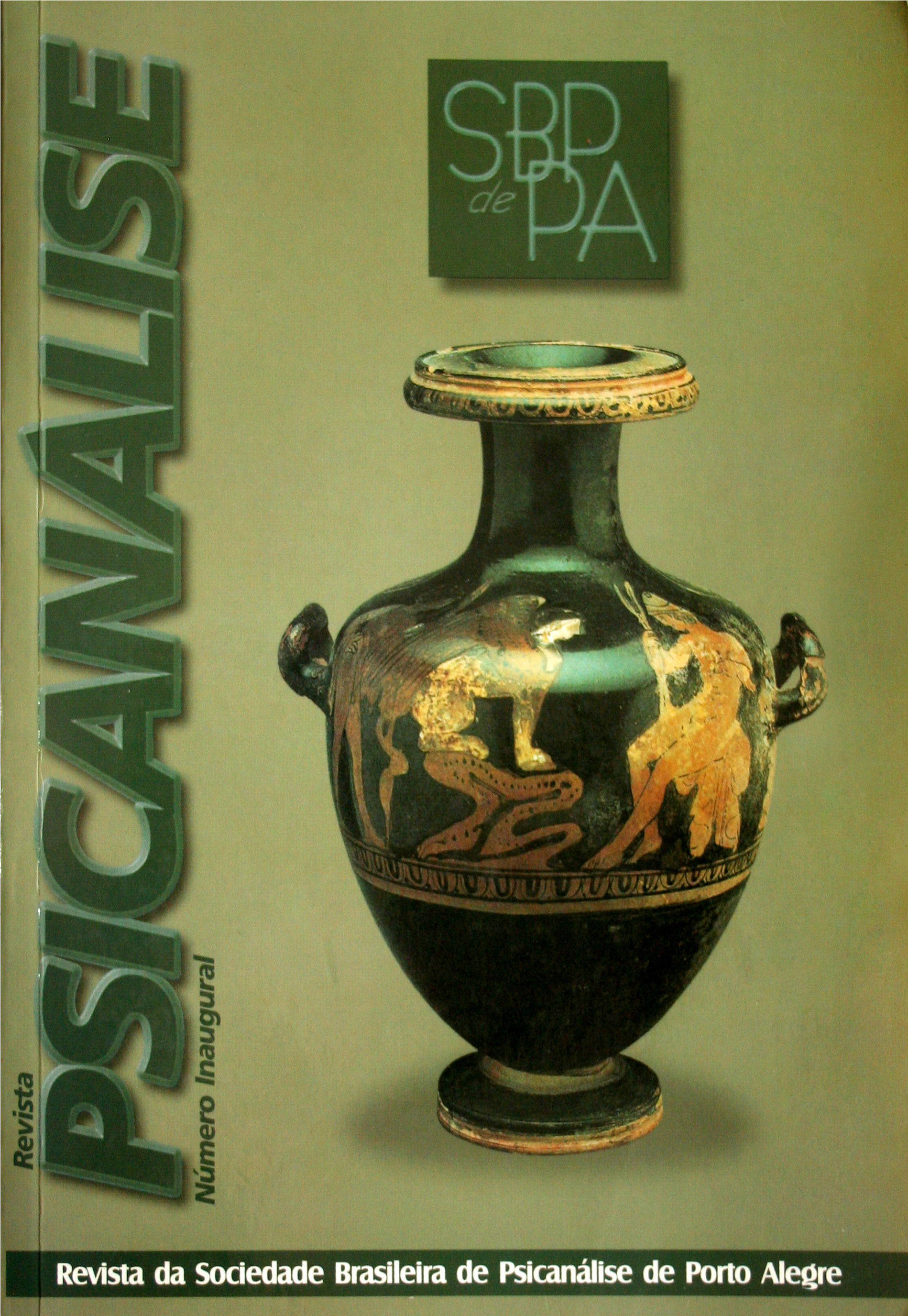Relações familiares e aprisionamento psíquico
DOI:
https://doi.org/10.60106/rsbppa.v1i1.7Keywords:
Lyberty, Internal World, Intergenerational TrasmissionAbstract
Working for several years as supervisor of psychiatry training courses and analytically oriented psychotherapy, besides cases of analysis I have observed that when a therapist faces a child with behavioral disturbances or another symptom which are supposed to have a psychological origin, more often than not he properly does not hesitate in investigating his environmental context, frequently concluding that the problem revealed by the little patient probably results of interactional conflict in his familiar group. Almost the same orientation that used to be applied to adolescents, as the years of this stage of life are passing by, however, he more and more stands off this kind of behavior. When facing an adult there is a tendency to consider him isolatedly, while the family he belongs to is compared to a screen of his projections. As a result of this position, along of the patient’s treatment the therapist aims to re-create this one-sided street in which he takes the place formely designed to the family without taking into consideration the family projections and his own projections on the patient. Not forgeting about the patient’s participation, through this paper I intend to call attention to the influence of the objects in the development of the internal world, consisting of a real “Citzen’s Assembly” that establishes its resolutions all along the individual’s life.
Downloads
References
BOLLAS, C. (1989). Forças do Destino: Psicanálise e Idioma Humano. Rio de Janeiro, Imago, 1992.
COSTA, G.P. Conflitos da Vida Real. Porto Alegre, Artes Médicas, 1997.
HONDERICH, T. (Ed.), The Oxford Companion to Philosophy. New York, Oxford Univ. Press, 1995.
LEBOVICI, S. Maternidade. In.: COSTA, G.P. & KATZ, G. Dinâmica das Relações Conjugais. Porto Alegre, Artes Médicas, 1992.
Downloads
Published
How to Cite
Issue
Section
License
I attribute the copyrights that belong to me, on this work, to SBPdePA, which may use and publish it by the means it deems appropriate, including on the Internet or in any other computer processing.
















